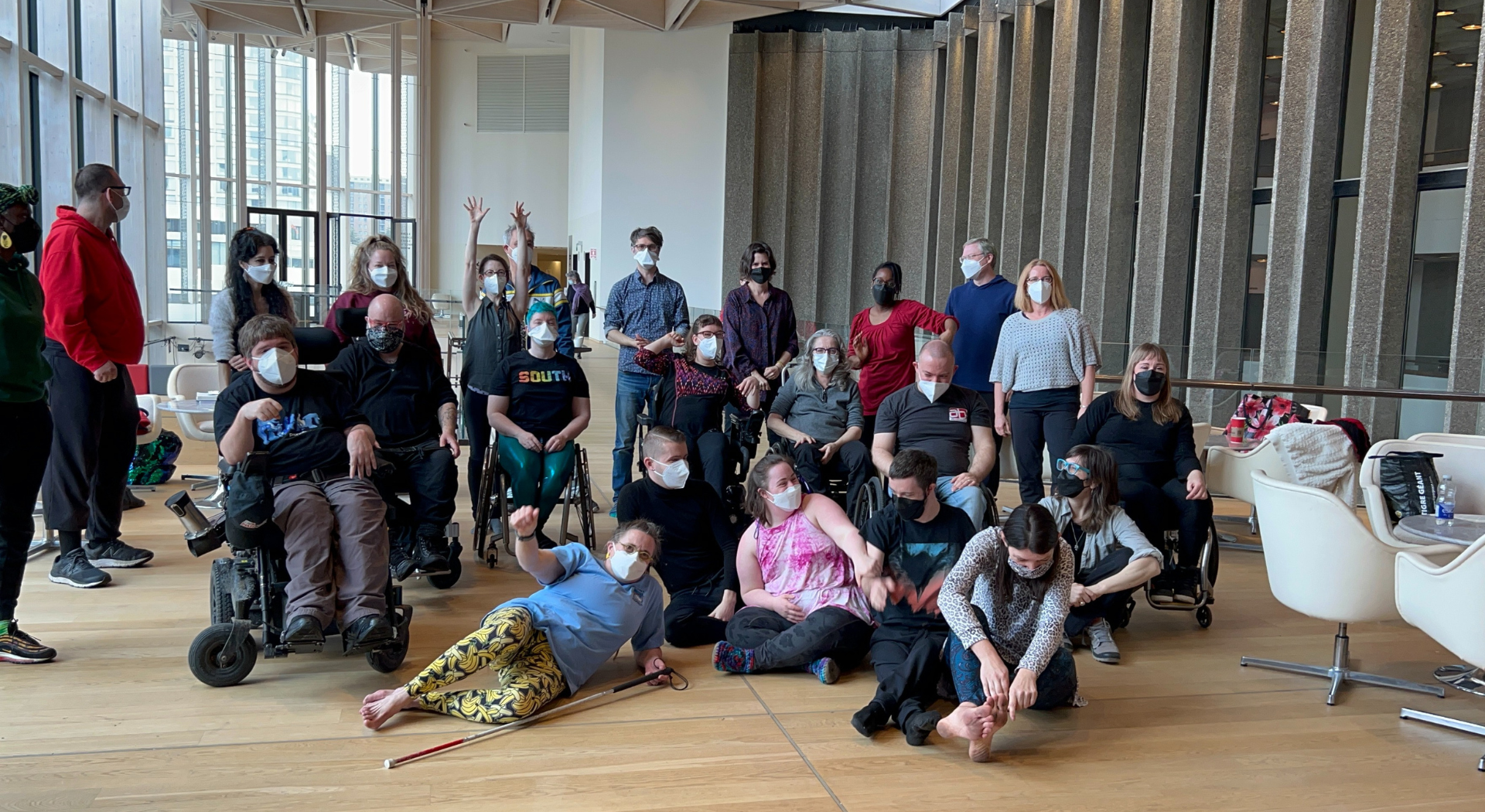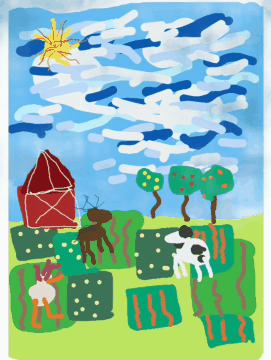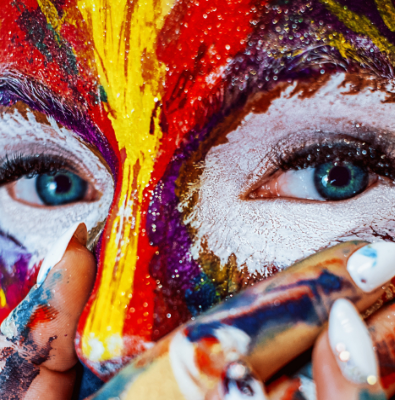Integrating inclusive digital technologies into dance
Ashley Brodeur has been a dance teacher and professional performer for most of her adult life, but it’s only in the last year she’s been sharing her time and talents with the artists at the National accessArts Centre (NaAC). After teaching the program Hooray, Hip Hop in the summer of 2021, she was hooked.
“I completely fell in love with everything the organization was doing and how forward thinking it was. In my teaching practice, [creating inclusive and accessible spaces is] really important to me, and seeing it on a whole other level with artists at the NaAC has been life changing.”
Ashley Brodeur
When an opportunity to join the organization full-time as Manager of Performing Arts came up, Ashley jumped. It wasn’t long after starting in her new role that she was placed on the steering committee of an event organized by Propeller Dance in Ottawa; an organization committed to creating meaningful art that broadens acceptance of diversity in its many forms. Their goal: to bring inclusive and disability artists and companies together to explore how different technologies can assist in training, creation, performance, and presentation.
Called DDD—a dance and disability digital project—the intensive program gave those most impacted by advancements in integrated dance an opportunity to expand their knowledge and experiment with inclusive digital technologies. Among the 24 participants were artists, arts administrators, and software engineers from across the country.
“It was more of an incubator experience than an intensive,” says Ashley, who describes the week-long event as both incredibly powerful and special. For six days, participants had the opportunity to trial emerging technologies, some of which were placed in the hands of creators and potential audience members for the first time.
As part of DDD, program participants explored options for their existing artistic practices, learned about the functions and potential uses of the technology provided, and considered when and how to use certain technology best. They also developed some examples for an informal showing on the program’s final day based on their independent interests and access needs.
“It was one of the most impactful dance experiences I’ve had as an artist,” Ashley says.
Inclusive digital technologies in motion
Ashley recalls a session with Vibrafusionlab, a research facility and venue for artists of all abilities, in which the participants used Woojer technology (originally designed for gaming) and a variety of different sensors connected to software to feel sound. The technology takes haptics (the use of technology that stimulates the senses of touch and motion) one step further by reconfiguring sound as visceral sensations, and vice versa.
Rather than hearing a song and responding, participants felt it, which “allowed vibration to be a point of creation, an access point, instead of sound,” says Ashley.
Wearing Woojer belts and vests, the dancers also experimented with their proximity, position, and level to increase or decrease pitch and volume. Meanwhile, sensors connected to audio and visuals created an image or visual plot of where people moved within a designated space.
Next, Kinetic Light introduced participants to an app called Audimance that allows blind, low vision, and non-visual audiences to choose between different styles of description, including soundscapes, poetry, and prose. The technology builds on traditional audio description to create a complete aural artistic experience. In these sessions, volunteers took turns as audio describers using narrative and non-verbal sounds to express the movement of two dancers.
Participants also had the opportunity to use Arduino boards–microcontrollers that turn inputs, like light on a sensor, a finger on a button, or a Twitter message into outputs, like activating a motor, turning on an LED, or publishing something online. Originally designed as an easy tool for fast prototyping, the technology has been used by musicians and artists to experiment with new musical instruments.
By connecting Arduino boards to their chairs–some manual and some powered–the dancers’ movements were turned into a dynamic digital display of light and sound. Visual sensors changed the colour and pace of a video on screen, while audio sensors changed the tempo and melody of the music. Different chairs produced different experiences.
“The way the dancers in chairs created and responded to the technology was unique to their access. It was an experience that only those artists could have, and feel deeply,” Ashley says.
Moving forward
As an able-bodied artist, the experience made Ashley rethink her range of abilities:
“So often as an artist, you’re put into a box. There are a lot of barriers around dance, specifically. But we’re living at a time when technology can do so much to remove those barriers. If we switch up how we listen to things or feel things—literally—it can provide a huge shift in art making.”
This shift is especially relevant now, amidst ongoing COVID-19 public health protocols and calls for equity, diversity, and inclusion.
“There’s been a post-pandemic explosion of wanting to engage with different humans’ experiences,” says Ashley. “These new technologies are putting actionable cause and outcome and thought into what inclusion actually is. We’re at a cool place in time with tech in that investment can happen in some of these things. We can start to integrate it into more of our creative experiences and explorations.”
For Ashley and others, the takeaway is clear: “Accessibility is on a spectrum. There’s no one form that’s going to fit everybody across the board. And there are certain sections of the spectrum that won’t suit others,” she says. “I can see us using everything we explored over time, in our own unique way, in ways that work for our folks.”
DDD was presented by Propeller Dance in partnership with Cycore Systems (Laurel Lawson & Sean McCord), Vibrafusionlab – London (David Bobier & Jim Ruxton), Ontario College of Art & Design (Colin Clark), All Bodies Dance Project, National AccessArts Centre, and independent artists Jenelle Rouse and Courage Baccus. A second iteration of the intensive will take place Fall 2022.




